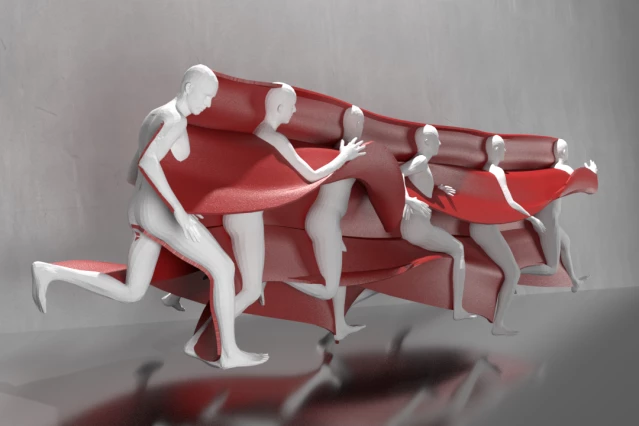Although gazing at computer models of processes that we're studying can certainly be helpful, there's often just no substitute for getting your hands on an actual physical object. Realizing that, an MIT team has developed a system that creates 3D-printed "motion sculptures" based on 2D videos.
Known as MoSculp, the technology is intended to help people such as athletes or dancers improve their skills by getting a better understanding of how they move through space.
It starts with regular 2D video of the person in motion, shot with an ordinary camera in any environment under existing lighting conditions. A computer program analyzes the footage, identifying key areas on the subject's body such as the hip, knee and ankle. Using these reference points, it proceeds to create a series of three-dimensional "skeletons" that represent a series of successive poses.
The computer then stitches these skeletons/poses together in sequence, fleshing the skeletons back out into a full representation of the person's body, and adding elements showing the paths of movement that led from one pose to the next. Before the resulting model is 3D-printed, users can view a digital version of it, selecting the colors to be used for different parts.

"Imagine you have a video of Roger Federer serving a ball in a tennis match, and a video of yourself learning tennis," says PhD student Xiuming Zhang, lead author of a paper on the research. "You could then build motion sculptures of both scenarios to compare them and more comprehensively study where you need to improve."
MoSculp works best with large movements – such as making tennis serves – and can currently only create models of single subjects. That said, the researchers on working on adapting the system to build single models depicting multiple people in motion.
The technology can be seen in use, in the following video.
Source: MIT





